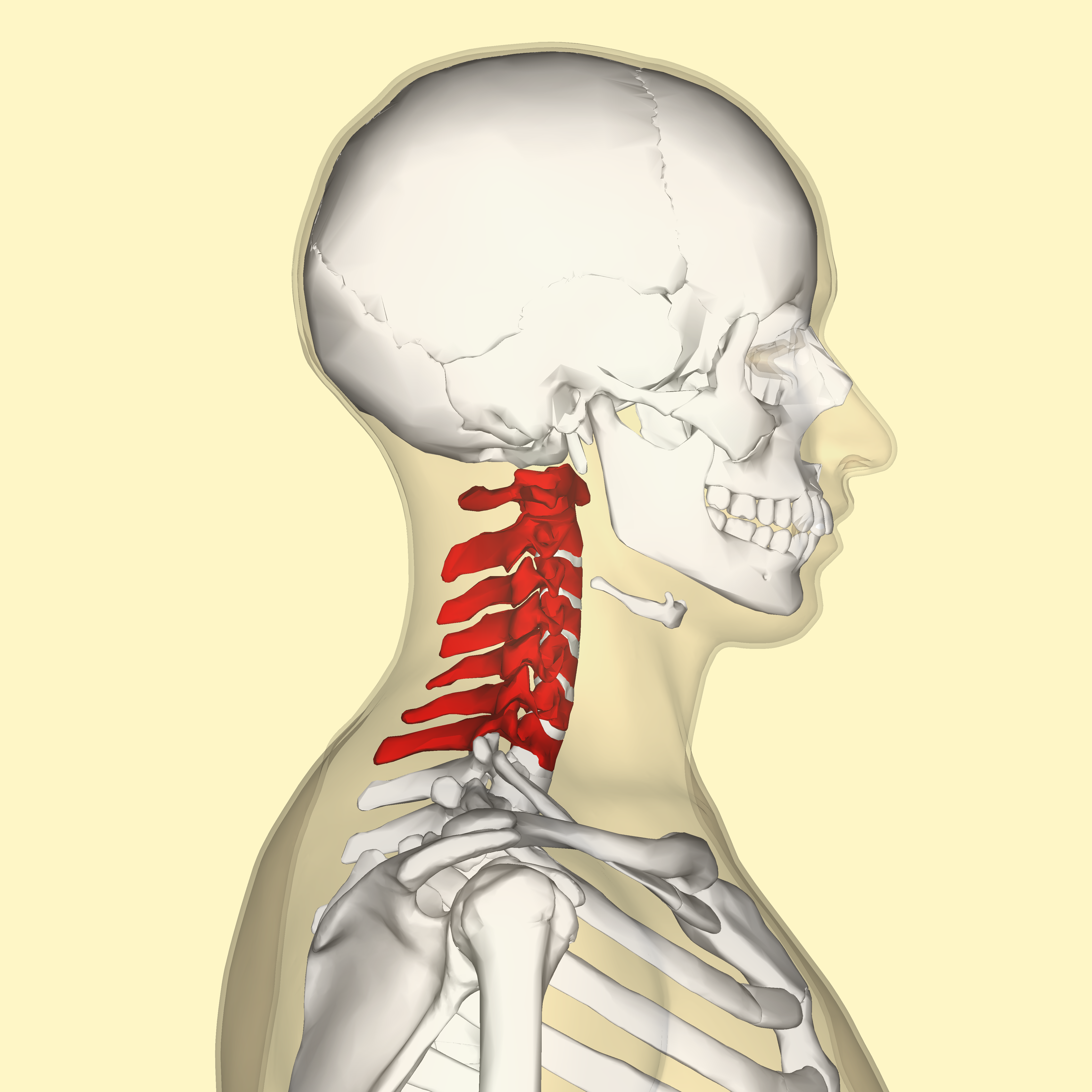If you’ve had sciatica, you know the pain — pangs that begin in the nerve roots and move through the nerve, down the hamstrings and into the foot. The leg agony is often more severe than the back pain — some have compared it to the nerve pain you feel when you have a toothache. It is important to realize that sciatica is a symptom of an underlying condition, usually a herniated disc. While there are some forms of sciatica treatment that relieve the pain, the underlying condition will need to be addressed to achieve lasting pain relief.
Below are some methods used for sciatica treatment that can relieve pain and increase your mobility.
Yoga and Massage
Gentle yoga stretches can strengthen muscles and improve flexibility so that you don’t develop a poor posture and aggravate the sciatica. Trigger point massage can also help relieve pain. When the piriformis muscle under the sciatic nerve gets tight it can pinch the sciatic nerve. Pressure applied to this area as well as the lower back and glutes relieves the tightness and pinching to prove relief from the pain.
Muscle Relaxers and Pain Relievers
Nonsteroidal anti-inflammatories, either over the counter or prescription for sciatica treatment can ease the pain caused by tight muscles. In addition, since painful muscle spasm often accompany a herniated disc, your doctor may prescribe a muscle relaxer or pain reliever.
Epidural Steroid Injections
If your pain doesn’t get better within a month, and other sciatica treatment hasn’t helped, you may get relief from an epidural steroid injection. The goal of the injection is to relieve the inflammation that is causing the pain. However, due to concerns about side effects, including bone density loss, these injections are limited to no more than three a year.
Exercise and Physical Therapy
Even though it may be the last thing you want to do, light exercise or physical therapy is well-known sciatica treatment. Movement increases the blood flow, aiding in getting rid of the chemicals that cause inflammation. A light 15-20 minute walk, swimming or water aerobics are all forms of exercise that keep you moving without excess stress on you sciatic nerve.
Surgery
If you’ve tried several sciatica treatment methods to relieve your pain and still have symptoms after 4-6 weeks, you and your doctor may consider surgery. Patients who have surgery for a herniated disk usually have less pain and disability than patients who do not.
If you'd like to know more about sciatica surgery as a treatment method, The Bonati Spine Institute is here to help you. Contact us to discuss your sciatic nerve pain.


